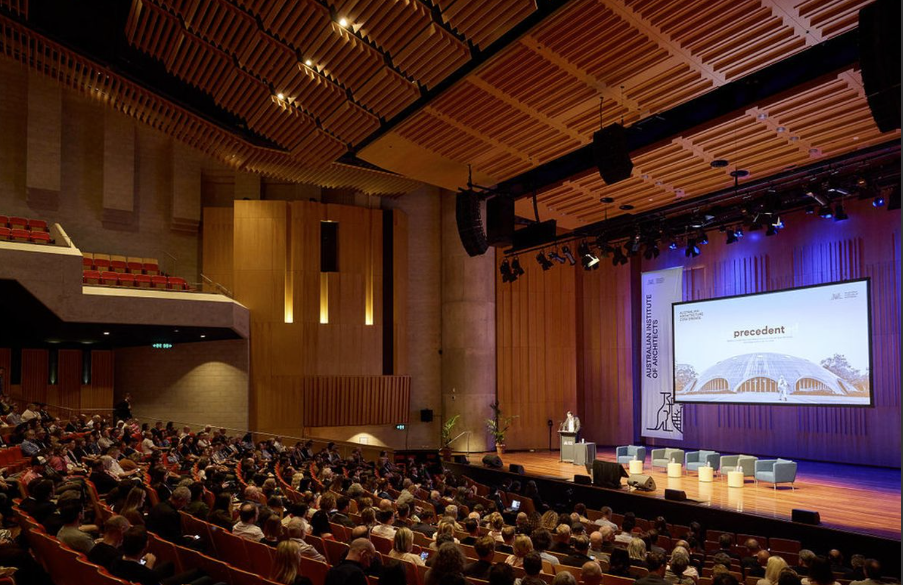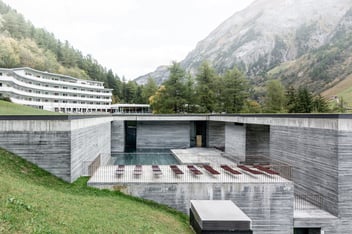Should Architects Consider Their Work as Temporary or Permanent?
At the end of last year, architects and designers gathered in Canberra for the 2023 Australian Architecture Conference. One of the key themes raised was whether we should be striving to consider architecture as temporary or permanent.
Kevin Carmody of Carmody Groarke posed the question (paraphrased by Andrew Broffman): “How long are we designing things to last?” Carmody asked. “Permanence,” he suggested, “is a privilege of the previous generation of architects,” whereas our work today should be accepted as temporary.”
This is an interesting question to consider, one with many angles. Routinely, we now discuss the idea that a building should be able to last generations, as this is the most sustainable approach. Although this is true, thinking about it in practice is a different story. How much control do architects really have over whether their building will last a lifetime? Of course, they can do their best to encourage enduring materiality, programmatic flexibility, and design elements, but ultimately, it’s the client's prerogative and, in some cases, the contractors too.
The conference also heard from the journalist Stan Grant, who was far from complimentary of the discipline, “What is architecture, if not the act of keeping someone out?”
These are important truths to realize and, in case we needed more convincing on the value of engaging with Country in our work, provide an interesting consideration to the temporary or permanent debate.
Ultimately, says Grant, “the only thing that lasts is land.”






